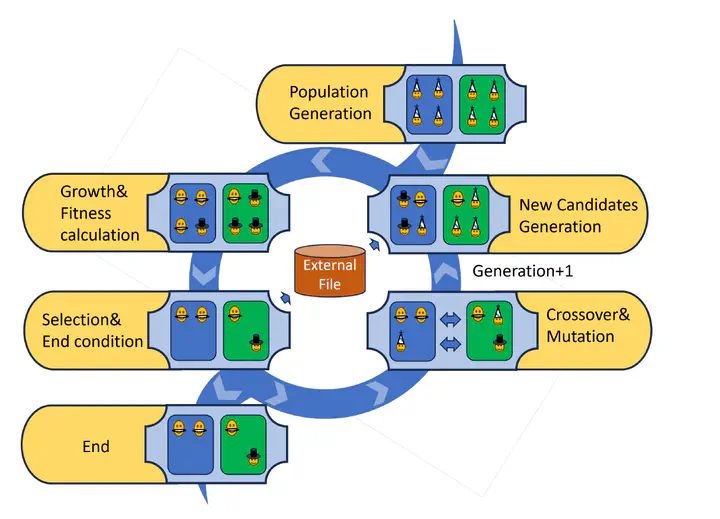Optimizing AutoML for Tiny Edge Systems: A Baldwin-effect Inspired Genetic Algorithm
 Image credit: Unsplash
Image credit: UnsplashAbstract
Tiny edge systems used in IoT devices, wearables or smart textiles are characterized by the need of processing complex sensor data streams under various device constraints. Due to the high number of constraints and the complexity of the optimization of the hyper-parameter space for machine learning based processing, genetic algorithms (GAs) seem to be a perfect fit to enable AutoML for those embedded devices. However, due to aspects such as the high interdependence between optimization parameters, the simultaneous existence of multiple conflicting objectives and complex effects of embedded feature engineering, we made the experience that GA approaches fail to converge within this high dimensional design space. We introduce a novel Genetic Algorithm (GA) customized for AutoML tasks, addressing the unique challenges posed by highly embedded machine learning domains. The proposed approach addresses parameter interdependencies through utilizing the Baldwin-effect in biological evolution, enhances resource utilization by early elimination of less promising individuals, and augments the insufficient capabilities of existing machine learning features via the integration of carefully designed neural network features. Empirical evaluations conducted on two benchmark datasets support the superiority of our proposed method over conventional genetic algorithms. Furthermore, we demonstrate the effect of the different components introduced by our algorithms through an ablation study.
Add the publication’s full text or supplementary notes here. You can use rich formatting such as including code, math, and images.